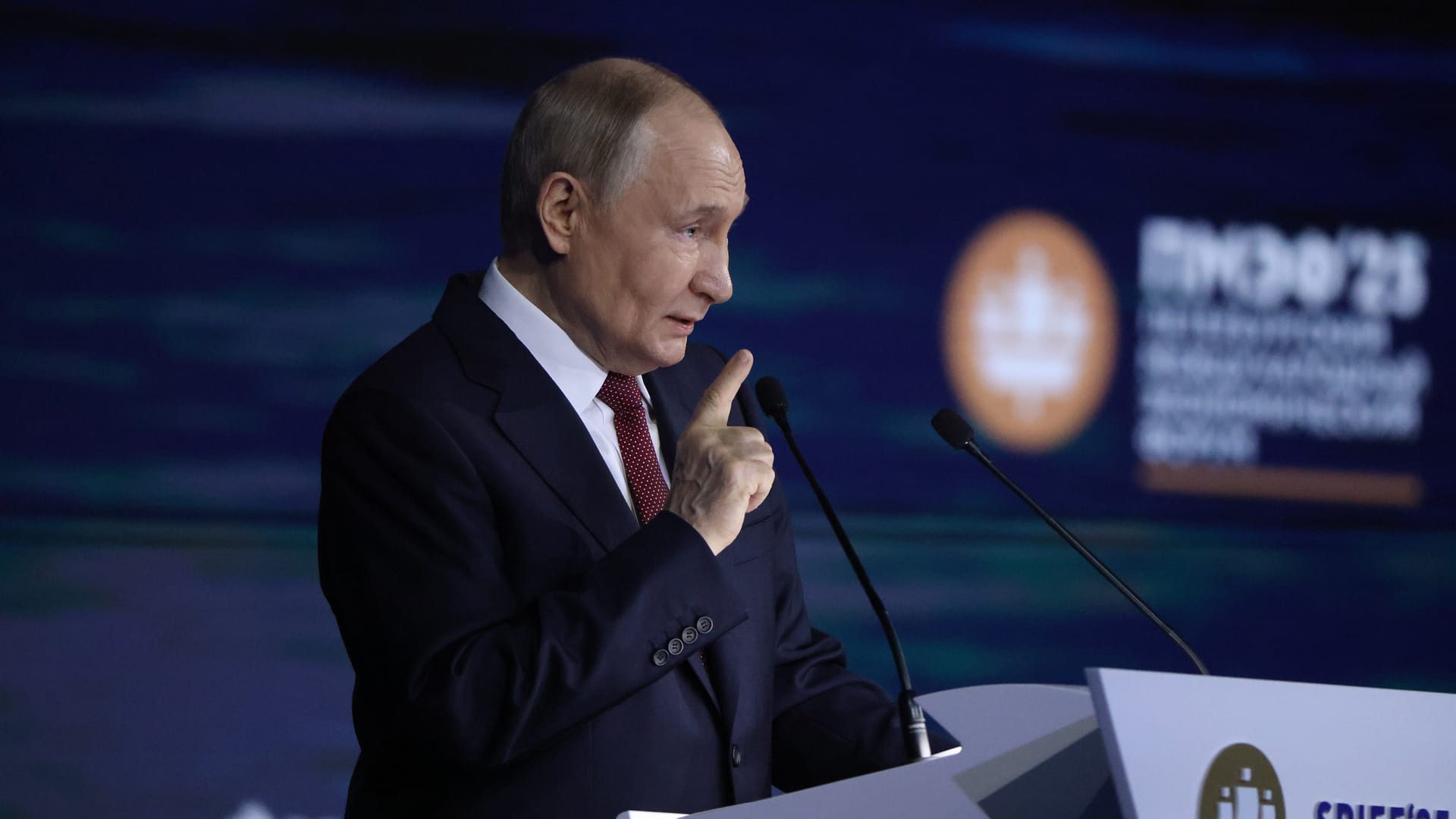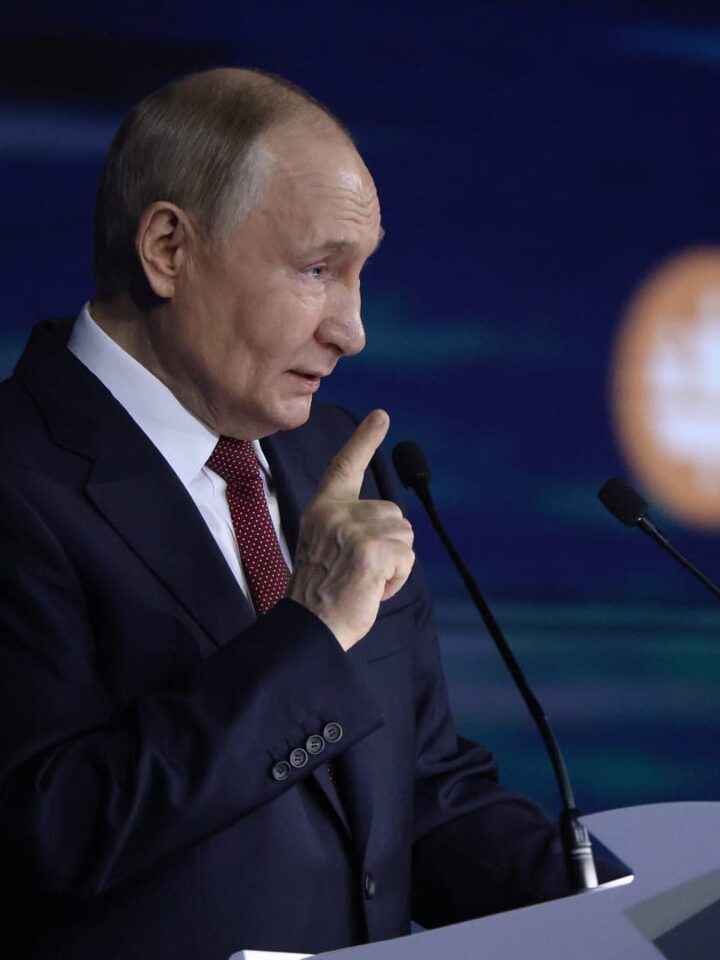President Putin’s strategy for settling the Russia-Ukraine conflict was articulated at the recent St Petersburg International Economic Forum (SPIEF): the war can only end with the recognition of occupied territories as Russian and Ukraine’s adoption of a neutral, non-aligned status. While Moscow is formally signalling openness to negotiations, it is also showing its clear intent to pursue a war of attrition. Yet maintaining a mobilisation-driven economy and expanding military infrastructure in the short term cannot offset Russia’s strategic vulnerabilities, raising doubts about the long-term viability of this policy.
Putin seeks to take all he can seize by force
‘The land where a Russian soldier sets foot is ours’ – this phrase encapsulates Putin’s negotiating stance: no territory under de facto Russian control can be subject to bargaining, and Ukraine’s non-aligned status remains a non-negotiable condition of any future settlement. At the same time, this position is presented as a compromise. Scaling back earlier maximalist demands – such as ‘demilitarisation’, ‘denazification’, regime change in Kyiv, or the constitutional enshrinement of the Russian language – is shown as a concession from Putin, yet this does not signal any real softening of his course.
Putin believes Russia is entitled to retain everything seized by force and leaves open the possibility of a further offensive. He explicitly highlights Ukraine’s weaknesses, citing heavily exaggerated casualty figures (especially near Kursk Oblast), personnel shortages, undermanned units, and declining combat capability.
Kyiv faces a stark ultimatum: agree to peace on Moscow’s terms now or risk losing more territory. Meanwhile, the West receives a bluff-laden message: Russian victory is allegedly inevitable, further support for Ukraine is futile, and Western partners should pressure Kyiv to negotiate on Moscow’s terms. This rhetoric is close to the truth given current levels of Western assistance to Ukraine but fails to capture the full picture. The Kremlin’s growing military and economic constraints can be exploited by Ukraine’s allies. In particular, achieving air superiority could radically shift the frontlines. The issue hinges on the political will of the West.
Limits of Russia’s mobilisation model
In the short term (3–5 years), the Kremlin retains sufficient resources to support a single regional conflict of moderate intensity – such as the current Ukrainian front – and to conduct limited hybrid operations. Military capacity is being expanded under the banner of ‘strengthening national security’, with continued militarisation of the economy and rising defence expenditure. In 2025, Russia plans to complete the organisational measures for establishing units and formations within the Moscow and Leningrad Military Districts, indicating a systematic strengthening of its military infrastructure.
However, growing economic and social constraints threaten this model over the longer term. Despite official figures showing GDP growth and low unemployment, even Putin acknowledges underlying problems. According to Minister of Economic Development Maxim Reshetnikov, Russia is teetering on the brink of recession. Increased defence spending, annual inflation nearing 9.6 per cent, weakening consumer demand, and declining business confidence are making the economy vulnerable. Achieving growth in high-tech sectors is becoming increasingly difficult under these conditions, with a widening technological gap and limited opportunities for development.
Human resources are another critical constraint. The Kremlin recognises the political and social risks of a renewed wave of mobilisation and has sought to avoid it. Instead, it has relied on contract-based recruitment: in 2024, over 400,000 people signed contracts with the Ministry of Defence. Yet by spring 2025, the pace of recruitment began to slow, suggesting that this approach is nearing its limits. Should hostilities escalate, the authorities are likely to resort to indirect recruitment methods, including the enlistment of prisoners and regional mobilisation campaigns.
Russia’s declining external influence further undermines the credibility of the Kremlin’s long-term strategy. Despite persistent references to a ‘multipolar world’, it is losing sway over traditional partners: Central Asian and South Caucasus states are increasingly distancing themselves from Moscow. In the Middle East, Russia suffered a major setback with the collapse of Assad’s regime in Syria and is effectively excluded from Iran-Israel negotiations. Simultaneously, dependence on China is deepening in the areas of technology, logistics, and finance. What was presented as a coalition of equals is gradually evolving into a hierarchical structure, with Russia relegated to the role of a junior partner. This limits Moscow’s diplomatic agility and weakens the foundations of its foreign policy.


